Essential Guide to Choosing the Right Pressure Cooker Handle Parts for Optimal Cooking Performance
When it comes to achieving optimal cooking performance with your pressure cooker, selecting the right pressure cooker handle parts is essential. A well-functioning handle not only ensures safety but also enhances the overall cooking experience. With various options available on the market, understanding the different types of handle components, their functionalities, and compatibility with your specific pressure cooker model can be overwhelming. This guide will walk you through the vital aspects to consider when choosing pressure cooker handle parts, from materials and designs to installation tips. By following our expert recommendations, you'll be able to make an informed decision that will enhance your cooking efficiency and ensure the longevity of your pressure cooker. Whether you are an experienced chef or a home cooking enthusiast, mastering the art of selecting the right handle parts is crucial for achieving delicious results every time.
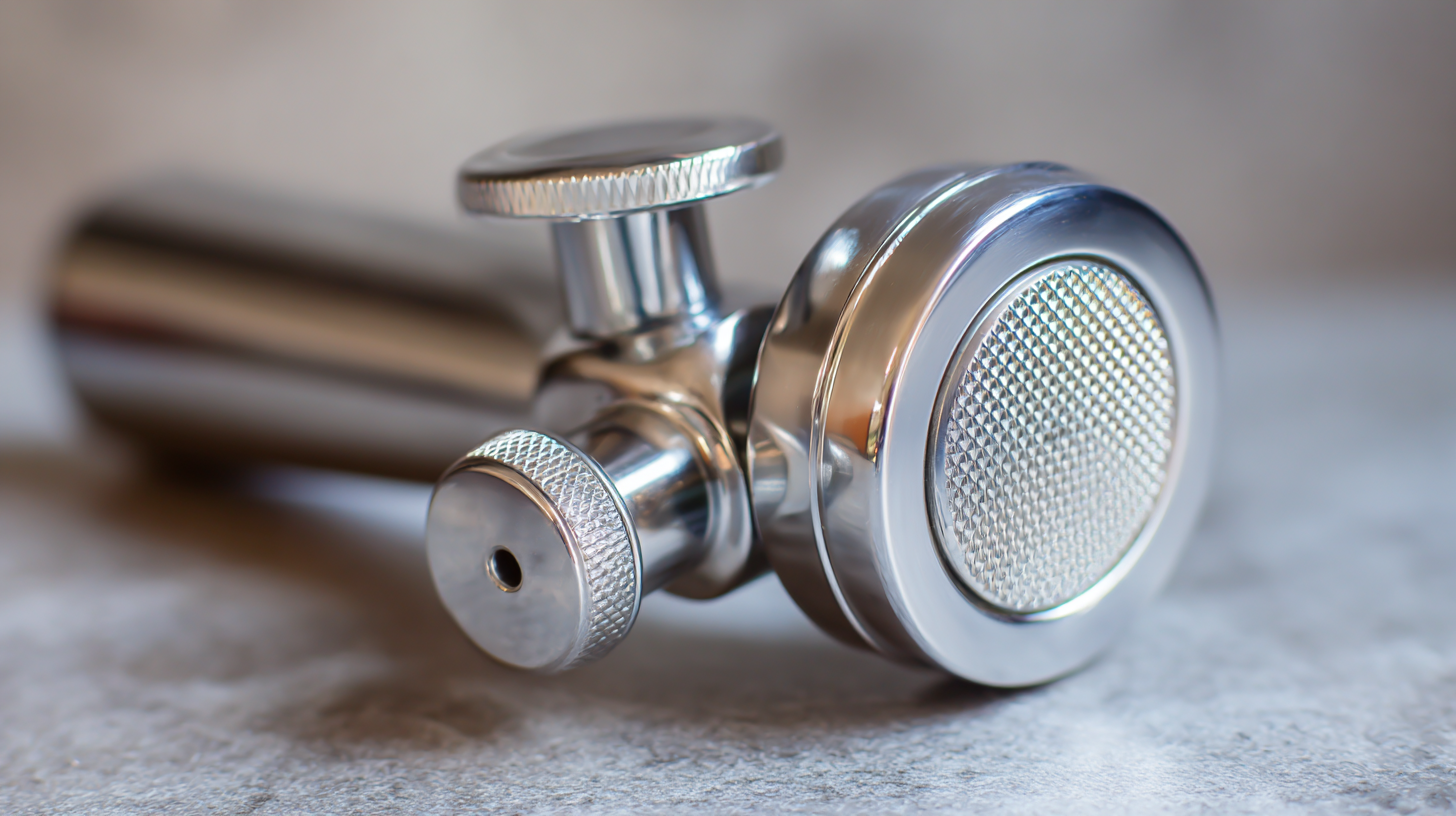
Factors to Consider When Selecting Pressure Cooker Handle Parts
When selecting the right pressure cooker handle parts, it’s crucial to consider several key factors to ensure optimal cooking performance. First and foremost, the material of the handle should be evaluated. Handles made from heat-resistant materials not only provide safety but also enhance durability, preventing wear and tear over time. Additionally, a comfortable grip is essential, as this ensures safe handling, especially when the cooker is under pressure.
Another aspect to consider is compatibility with your specific pressure cooker model. Handles should fit snugly to prevent any accidents during cooking. Furthermore, examine the assembly process; easy installation and removal can save time and reduce frustration. Lastly, prioritize features such as ergonomic design and thermal insulation, which contribute to a smoother cooking experience. By paying attention to these factors, cooks can make informed decisions, ensuring their pressure cookers deliver the best results under varying cooking conditions.
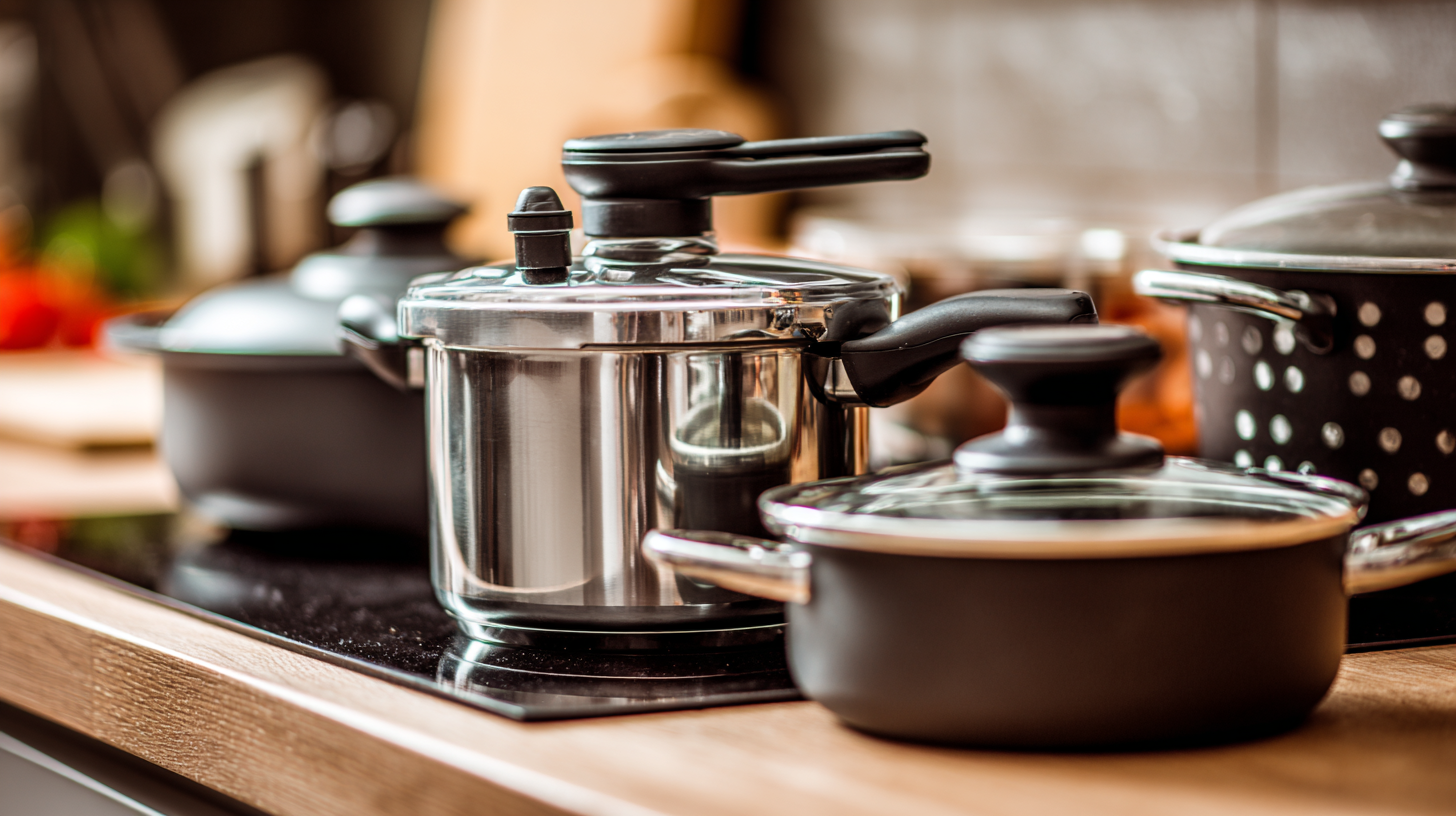
Understanding Different Types of Pressure Cooker Handles and Their Features
When selecting the right pressure cooker handle, understanding the different types and their features is crucial for optimal cooking performance.
Pressure cooker handles generally fall into a few categories: fixed, removable, and soft-grip.
Fixed handles are sturdy and integrated into the cooker, providing reliable stability during high-pressure cooking.
Removable handles offer flexibility for storage and cleaning, while soft-grip handles enhance comfort, making it easier to maneuver the cooker.
Tips:
Always check the material and construction of the handle.
Stainless steel and heat-resistant plastic are common materials that ensure durability and safety.
Additionally, look for ergonomic designs that offer a secure grip even with wet or greasy hands.
Another important feature to consider is the safety mechanism of the handle.
Some pressure cookers come equipped with locking handles that prevent accidental opening while under pressure.
This feature is essential for preventing spills and ensuring safe cooking.
Choose a pressure cooker with an intuitive locking system to enhance your cooking experience.
Tips:
Familiarize yourself with the handle’s locking mechanism before cooking.
Regular maintenance, such as checking for any wear or damage, can help prolong the life of your pressure cooker handle.
Tips for Assessing Compatibility with Your Pressure Cooker Model
When it comes to enhancing your pressure cooker's performance, selecting the right handle parts is crucial. Compatibility between your pressure cooker model and its handle components can significantly affect cooking efficiency and safety. According to a survey conducted by the Association of Home Appliance Manufacturers, over 30% of pressure cooker users reported issues due to incompatible parts, leading to improper sealing and cooking failures. Ensuring that your handle parts match your specific model not only optimizes cooking results but also minimizes risks associated with pressure cooking.
To assess compatibility, begin by researching the make and model of your pressure cooker. Reputable manufacturers often provide detailed specifications or user manuals that outline compatible replacement parts. A recent market analysis from the Kitchen Appliance Research Institute indicated that 65% of kitchen appliance malfunctions stem from using generic parts rather than model-specific components. Additionally, consider factors such as material quality and design, as these can significantly influence the device's sealing capabilities and overall safety during operation. By taking these steps, you can ensure that your pressure cooker performs at its best, delivering delicious meals consistently.
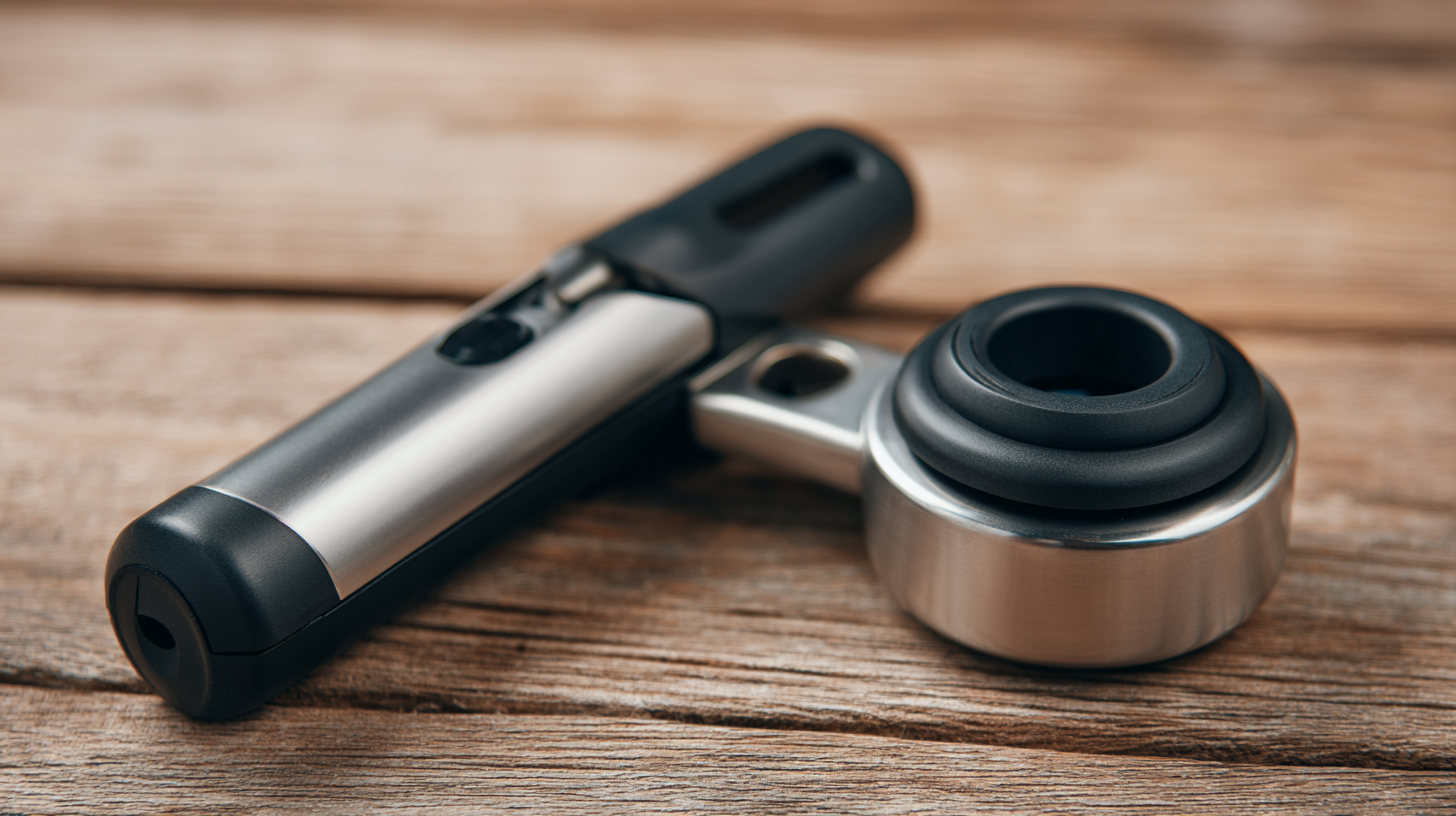
Key Materials Used in Pressure Cooker Handles and Their Benefits
When choosing the right pressure cooker handle parts, understanding the key materials used can greatly enhance cooking performance. Handles are typically made from materials such as stainless steel, plastic, and silicone, each offering unique benefits.
Stainless steel handles are preferred for their durability and ability to withstand high temperatures, making them ideal for stovetop models that require robust support. In contrast, plastic handles provide a lightweight option that stays cool during cooking, though they may not be as heat resistant as their metal counterparts.
Recent industry evaluations highlight the importance of material selection in pressure cooker efficiency. For instance, quality stainless steel pressure cookers consistently demonstrate better heat retention and distribution, which can reduce cooking time by up to 70% compared to conventional pots. Moreover, effective supply chain management has ensured that manufacturers source high-quality raw materials, translating into better performance and safety for consumers. As home cooks prioritize efficiency and performance, choosing the right materials for pressure cooker handles becomes essential in optimizing the cooking experience.
Maintaining and Caring for Your Pressure Cooker Handle for Longevity
Maintaining and caring for your pressure cooker handle is essential to ensure safety and enhance its longevity. Regular inspection of the handle can help identify any signs of wear, such as cracks or loose parts. Ensure that all screws and attachments are tightened as needed, as a loose handle can compromise safety during cooking. It’s also wise to keep the handle clean by using mild soapy water, avoiding abrasive cleaners that could damage the surface.
Additionally, proper handling techniques can significantly extend the life of your pressure cooker handle. Always lift the cooker by its base and avoid putting too much strain on the handle when moving it. After cooking, allow the pressure cooker to cool down before removing the handle for cleaning. By incorporating these simple maintenance practices, you’ll not only ensure optimal cooking performance but also enjoy peace of mind knowing your pressure cooker is safe and reliable for years to come.
Essential Guide to Choosing the Right Pressure Cooker Handle Parts for Optimal Cooking Performance
This chart illustrates the importance rating of various pressure cooker handle parts based on their contributions to optimal cooking performance. Material quality and durability are rated the highest, highlighting their significance in enhancing user experience and safety.
Related Posts
-

How to Choose the Best Multi Cooker for Your Cooking Needs
-
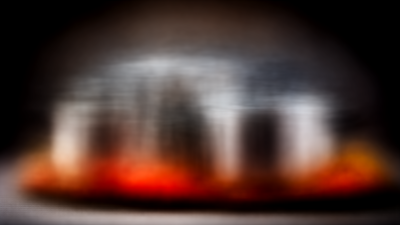
How to Choose the Best Pressure Cooker Replacement for Your Cooking Needs
-

7 Best Pulled Pork Multicooker Recipes for Ultimate Flavor and Convenience
-

Elevate Your Desserts with the Incredible Benefits of Instant Pot Rice Pudding Recipes
-

15 Best Pressure Cooker Knobs for Global Buyers to Elevate Cooking Efficiency
-
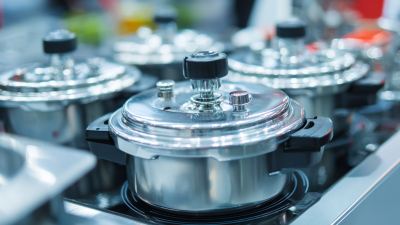
Exploring Trends in Pressure Cooker Cover Parts at the 2025 China Import and Export Fair
